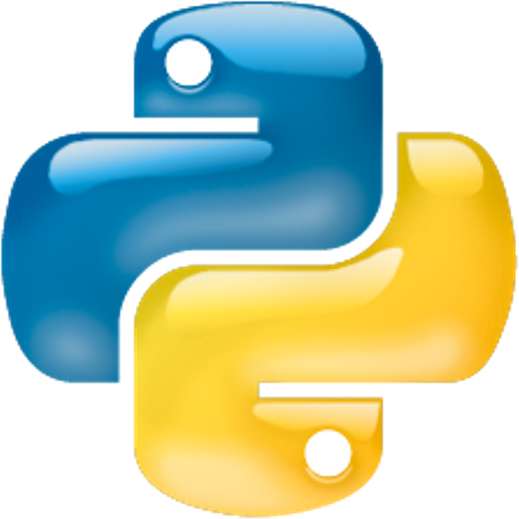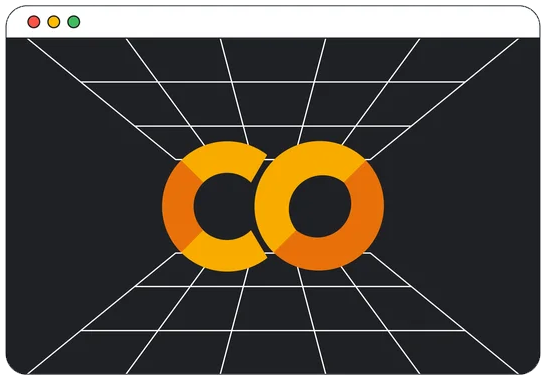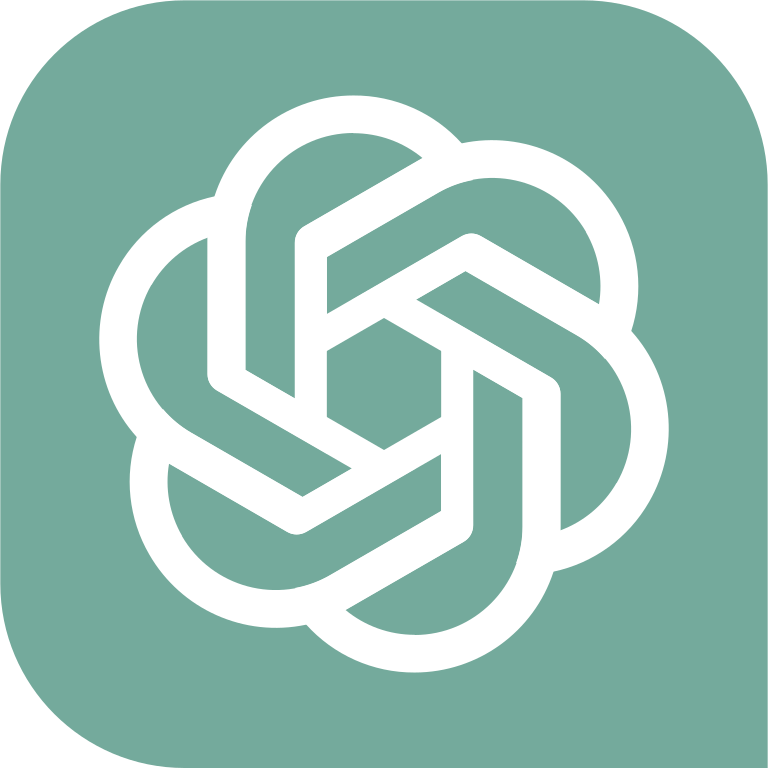Table of Contents » Chapter 5 : Disciplines : Computational Photography
Computational Photography
Overview
The relationship between Computational Photography and Python is a testament to the interdisciplinary nature of modern technology. Computational Photography, which combines computer science and optical imaging to go beyond traditional photography, finds a powerful ally in Python due to its versatility and the rich set of libraries it offers. Python, with libraries like OpenCV and Pillow, facilitates complex image processing, manipulation, and analysis, which are essential in computational photography. These tools allow developers and photographers to automate tasks, enhance image quality, and extract meaningful information from visual data. Python's ease of use and strong community support make it an accessible and potent tool for professionals and hobbyists in the field of computational photography, enabling the creation of innovative imaging techniques and applications. Python's role in computational photography is crucial, offering a platform for experimentation, development, and the creation of advanced photographic techniques and tools. This synergy is pushing the boundaries of what can be achieved in the realm of digital imaging.
- Image Processing: Applying algorithms for image enhancement, noise reduction, and color correction.
- Computer Vision: Developing applications for object recognition, tracking, and scene reconstruction.
- High Dynamic Range (HDR) Imaging: Creating HDR images by combining multiple photographs taken at different exposure levels.
- Panorama Stitching: Automatically stitching together multiple images to create a panoramic photograph.
- Depth Map Generation: Estimating depth information from images for 3D modeling and augmented reality applications.
- Motion Capture: Analyzing video to track motion and gestures for animation and human-computer interaction.
- Time-lapse Photography: Automating the process of capturing and assembling time-lapse sequences.
- Light Field Photography: Processing light field data to enable post-capture focus adjustment and 3D imaging.
- Image Synthesis: Generating photorealistic images from sketches or descriptions using AI and machine learning techniques.
- Photometric Stereo: Reconstructing surface details and textures by analyzing images taken under different lighting conditions.
- Photogrammetry: Creating 3D models from photographs for applications in mapping and virtual reality.
- Automated Photo Editing: Developing tools for automated cropping, resizing, and style transfer in images.



